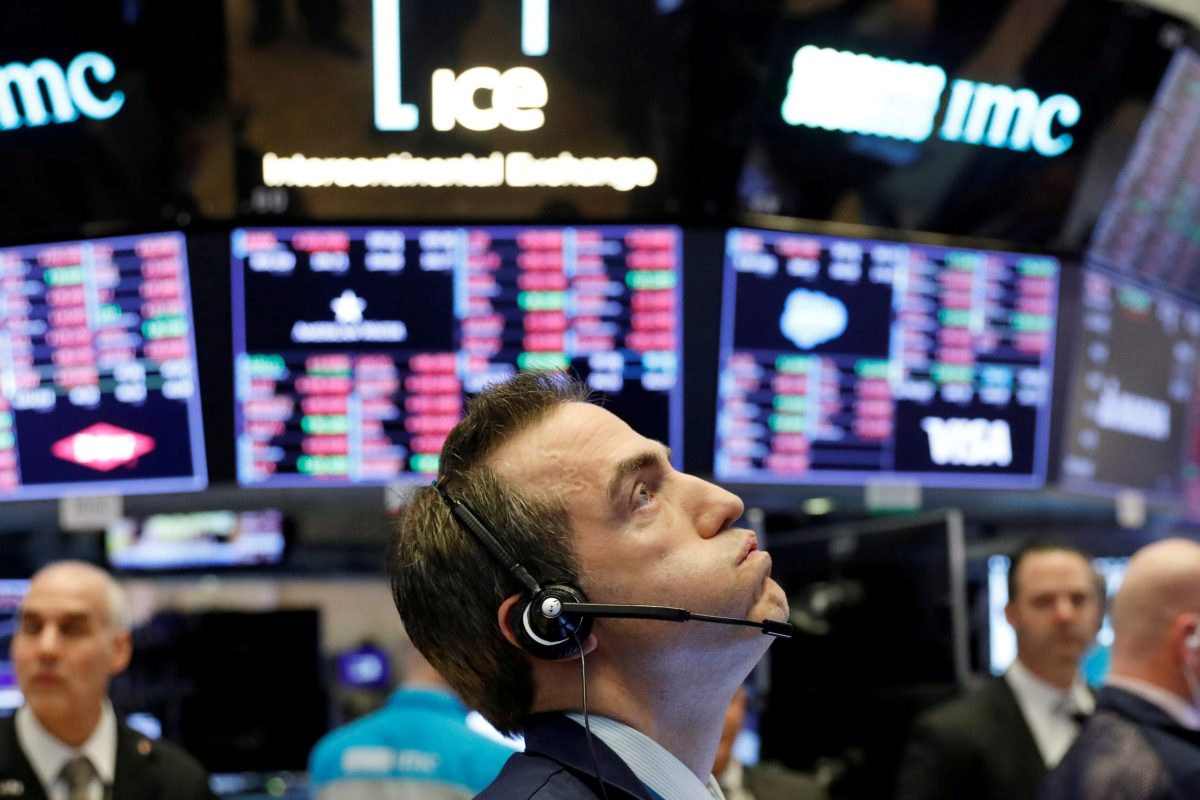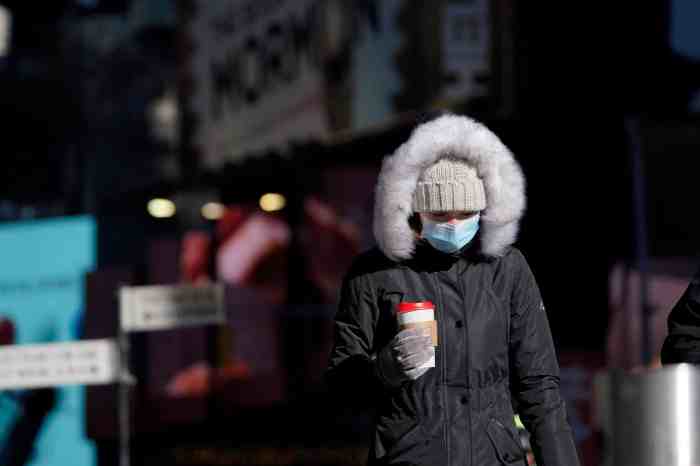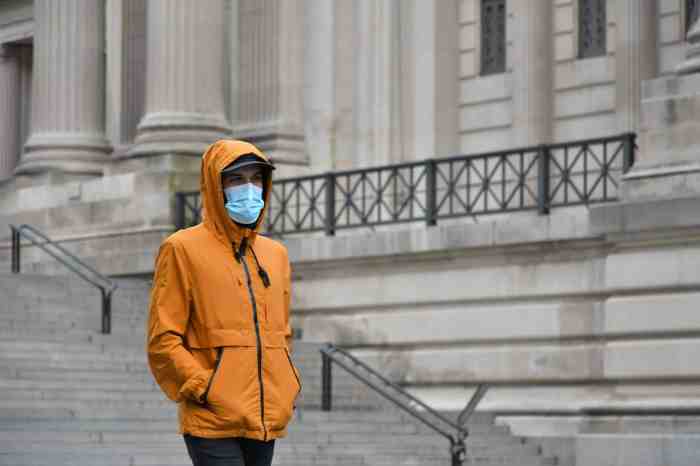BY MARC JONES AND LAWRENCE WHITE
Stock markets and oil prices continued to nose-dive on Monday after the second emergency cut in U.S. interest rates in as many weeks — effectively to zero — and supportive measures from all corners failed to quell coronavirus fears.
Central banks across Asia and Europe also cut borrowing costs and pumped funds into the system in a bid to cushion the economic impact as the breakneck spread of the virus all but shut down more countries. But they had limited success in calming panicky investors.
The volatility gauge for euro zone stocks, known as Europe’s “fear index” surged to record highs as the main European stock markets plunged nearly 8% in brutal opening trade, with Wall Street bracing for similar moves later.
Fear still reigned. Europe introduced curbs on short-selling, while bond markets tried to juggle both the risk to vulnerable countries but also that a fiscal spending splurge might impact safe-haven debt.
Oil, already reeling from a price war, plunged more than 9% to almost $30 a barrel as investors fretted about the impact of coronavirus on global demand.
“The central banks threw the kitchen sink at it yesterday evening yet here we are (with deep falls in stock markets),” said Societe Generale strategist Kit Juckes.
“There is a great sense that central banks are going to get to grips with the issues of getting money flowing … But the human problem, the macro problem, there is nothing they can do about that.”
With global travel grinding to a standstill, Europe’s travel and leisure stocks index has halved in value in roughly three weeks. The drastic shock to demand delivered to airlines and travel companies maybe replicated elsewhere.
The Fed’s emergency 100 basis point rate cut on Sunday was followed on Monday by further policy easing from the Bank of Japan in the form of a pledge to ramp up purchases of exchange-traded funds and other risky assets.
New Zealand’s central bank shocked by cutting rates 75 basis points to 0.25%, while the Reserve Bank of Australia (RBA) pumped more money into its financial system. South Korea and Kuwait both cut rates while Russia and Germany were throwing together multi-billion dollar anti-crisis funds.
Japanese Prime Minister Shinzo Abe said G7 leaders would hold a teleconference at 1400 GMT to discuss the crisis.
MSCI’s index of Asia-Pacific shares outside Japan tumbled 5.2% to lows not seen since early 2017, while the Nikkei fell 2.5% as the BoJ’s easing steps failed to reassure markets.
Chinese data underscored just how much economic damage the disease has already done to the world’s second-largest economy, with official numbers showing the worst drops in activity on record. Industrial output plunged 13.5% and retail sales 20.5%.
In Asia, Shanghai blue chips fell 4.3% overnight even as China’s central bank surprised with a fresh round of liquidity injections into the financial system. Hong Kong’s Hang Seng index tumbled 4%.
Australia’s S&P/ASX 200 plunged, finishing down 9.7% — its steepest fall since the 1987 crash.
“By any historical standard, the scale and scope of these actions was extraordinary,” said Nathan Sheets, chief economist at PGIM Fixed Income, who helps manage $1.3 trillion in assets. “This is dramatic action and truly does represent a bazooka.
“Even so, markets were expecting extraordinary action, so it remains to be seen whether the announcement will meaningfully shift market sentiment.”
Sheets emphasized investors wanted to see a lot more U.S. fiscal stimulus and evidence the Trump administration was responding vigorously and effectively to the public health challenges posed by the crisis.
UNDER STRAIN
Wall Street was set for further falls after New York and Los Angeles both ordered bars, restaurants, theaters and cinemas to shut to combat the spread of the coronavirus, mirroring similar measures in Asia and Europe.
Markets have been severely strained as bankers, companies and individual investors stampede into cash and safe-haven assets while selling profitable positions to raise money to cover losses in savaged equities.
To ease the dislocation, the Fed cut interest rates by a full percentage point on Sunday to a target range of 0% to 0.25%, its second cut this month, and promised to expand its balance sheet by at least $700 billion in coming weeks.
Five of its peers also joined up to offer cheap U.S. dollar funding for financial institutions facing stress in credit markets.
U.S. President Donald Trump, who has been haranguing the Fed to ease policy, called the move “terrific” and “very good news”.
The Fed’s rate cut combined with the promise of more bond-buying pushed U.S. 10-year Treasury yields down sharply as low as 0.63% from 0.95% late on Friday, though they were back up to 0.74% ahead of U.S. trading.
In Europe, Spanish and Portuguese 10-year bond yields rose to 9-1/2 month highs at 0.74% and 0.93% respectively, up as much as 13 basis points on the day.
French 10-year yields also soared as much as 14 basis points to 3-1/2 month highs at 0.14%, while Italian 10-year yields were up 17 basis points at 1.98% having briefly touched 2%.
“The momentum we’ve seen in the periphery is largely to do with the sentiment towards debt metrics in countries which after many, many years of quantitative easing and existing central bank support within the euro zone, are going into another fairly significant if not larger crisis than the one before,” said Rabobank strategist Matt Cairns.
The fall in U.S. Treasury yields pounded the dollar. It was last down 1.9% on the Japanese yen at 106.01, marking its second-biggest fall since May 2017. The euro went up as far as 1% to $1.1212.
The commodity-exposed Australian dollar fell as much as 0.3% to $0.6166 while the New Zealand dollar slipped 0.2% to $0.6044.
Oil fell again, with Brent crude last off $3.21, or 9.5% at $30.70 per barrel while U.S. crude slipped $2 to just below $30 a barrel.


















